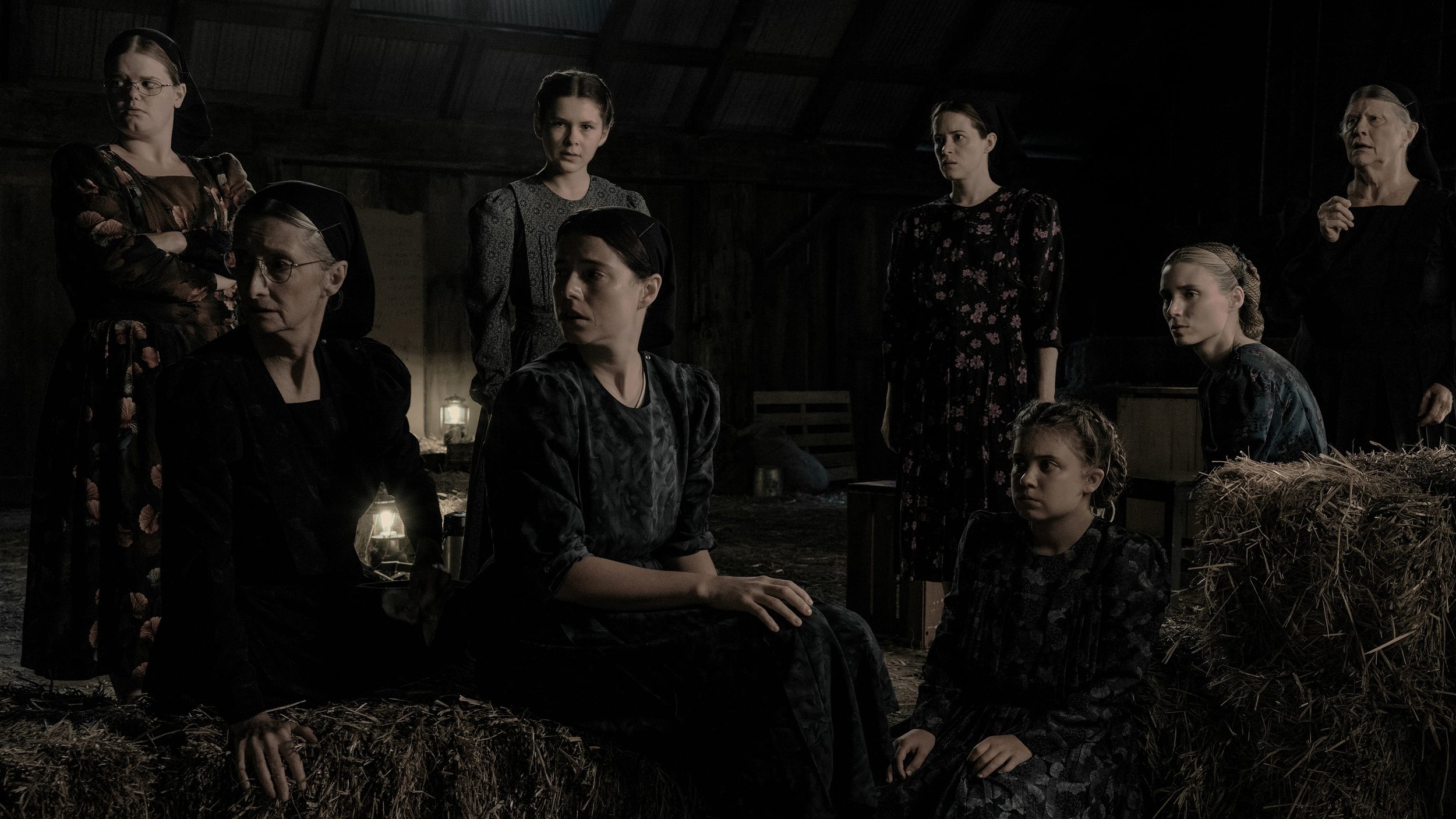Women Talking
United Artists ReleasingSarah Polley’s latest film, Women Talking, has many elements that work extremely well, but other parts that prevent the film from being an impactful look at how a group of Mennonite women stands up for themselves in the face of extreme abuse. It makes Brad Pitt’s executive producer credit feel hypocritical, especially because his abuse allegations have been brushed off and ignored. In the wake of these allegations, his production company, Plan B, made a film about the article that started the #MeToo movement and a movie centering on women who decide their fate after revealing that the community’s men rape the women while they sleep. The women meet inside a barn and vote whether they do nothing, stay and fight, or leave. When the “stay and fight” and “leave” votes are equal, they meet for a day and a half to debate what they should do.
But that’s not why the movie doesn’t work, even though it needs to be pointed out. Women Talking doesn’t work for two simple reasons. Firstly, the script is amazingly pedantic. Written by Polley herself, based on Miriam Toews’ book of the same name, which itself was based on the true story of the “Ghost Rapes” of Bolivia, Women Talking has far too many cyclical scenes in which the characters repeat the same lines of dialogue over and over again. Maybe that was the point, but audiences learn what is being told quicker when consuming a cinematic effort than when they read a book when plot points need to be repeated out with every chapter so readers don’t lose themselves.
Women Talking is a straightforward film to follow, and when the dialogues focus on retelling what happened, when the audience perfectly knows what went down, doesn’t feel like the filmmakers are respecting their intelligence in understanding the implicit and explicit elements of the film. Sexual assault isn’t shown, only implicitly, and one perfectly understands what happened and what is occurring simply through the facial acting of its main stars. Frances McDormand is barely in the film, only getting about five to ten minutes of screen-time, but the impact she has through her silent performance says way more than the repetitive dialogues Polley makes her main stars say the entire time.
It also doesn’t help that the film looks awful. There’s a recent trend of representing a bleak subject matter with muted colors, which cinematographer Robert Richardson recently disappointed with in Antoine Fuqua’s Emancipation. The same pattern is made for Women Talking, albeit with a wider aspect ratio (2.55:1), and it predictably doesn’t work. Muted colors don’t work if they’re not shot on film. The digital camera's glare makes everything look glossy, and it feels like the projector isn’t working properly. That may sound like a nitpick, but when you have such powerhouse performances, the camera needs to visually support their work in a way that acts as an emotional anchor to their characters and not as a distraction.
Because the performances are truly amazing. Claire Foy, Jessie Buckley, and Ben Whishaw have never been better. They’re the sole reasons why the movie is worth watching, especially Whishaw who brings so much emotional baggage to the role of August Epp, the only man who listens to the women’s preoccupations and wants to take care of them, particularly Ona (Rooney Mara), who is pregnant after she was raped. The final scene Whishaw shares with Foy is the film’s best, with most of the emotional swells being told implicity, through their facial expressions, rather than a direct confrontation.
Foy’s Salome is the more impassioned woman of the group, ready to take a stand and fight for her community, audiences see that dedication head-on through a flashback in which she attacks one of the abusers with a pitchfork, while Buckley’s Mariche is more sarcastic than her peers. Her multiple eye-rolls and wry responses to the group add a surprising amount of levity to the movie, that at times had the audience in literal stitches. One of Polley’s biggest strengths as a writer is how she renders this gut-wrenching story in a human light, with interactions that are naturally funny, balancing out the ones that are utterly devastating to watch.
It’s just a shame that most of the script treads the same situations for 104 minutes, effectively stripping it of the massive emotional power it deserves. But the performances make Women Talking a must-see, with three of them that should be in every awards ballot possible. It’s a shame that MGM barely marketed the movie, which will likely mean that it may not get many seats in theaters and acting nominations at the Oscars, the only reason why anyone should go see it.


